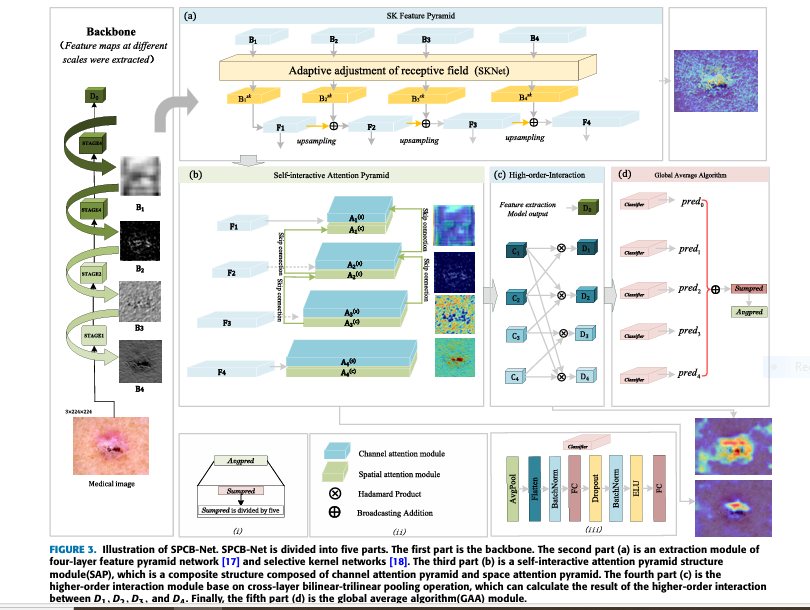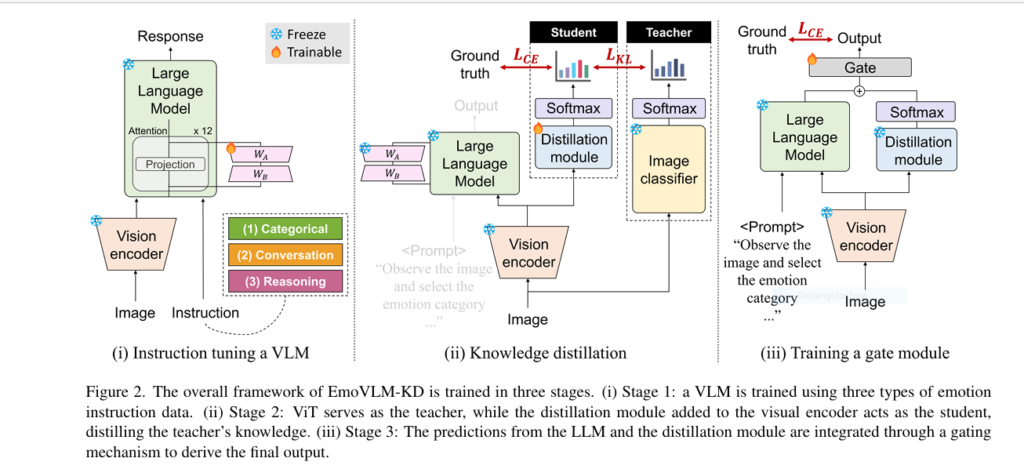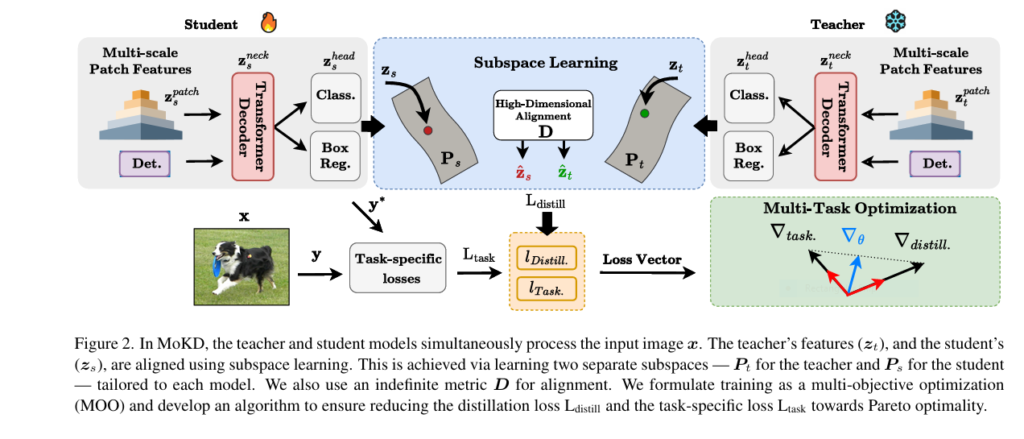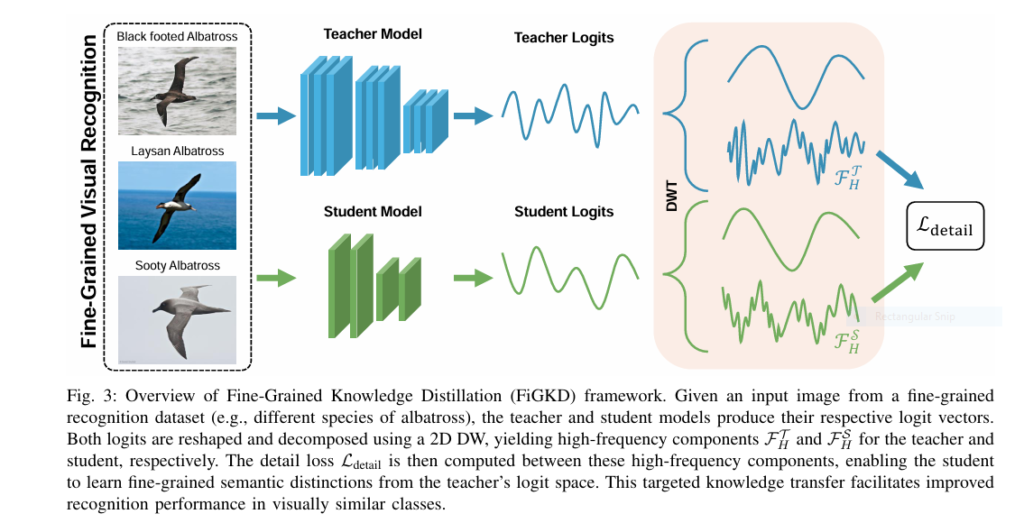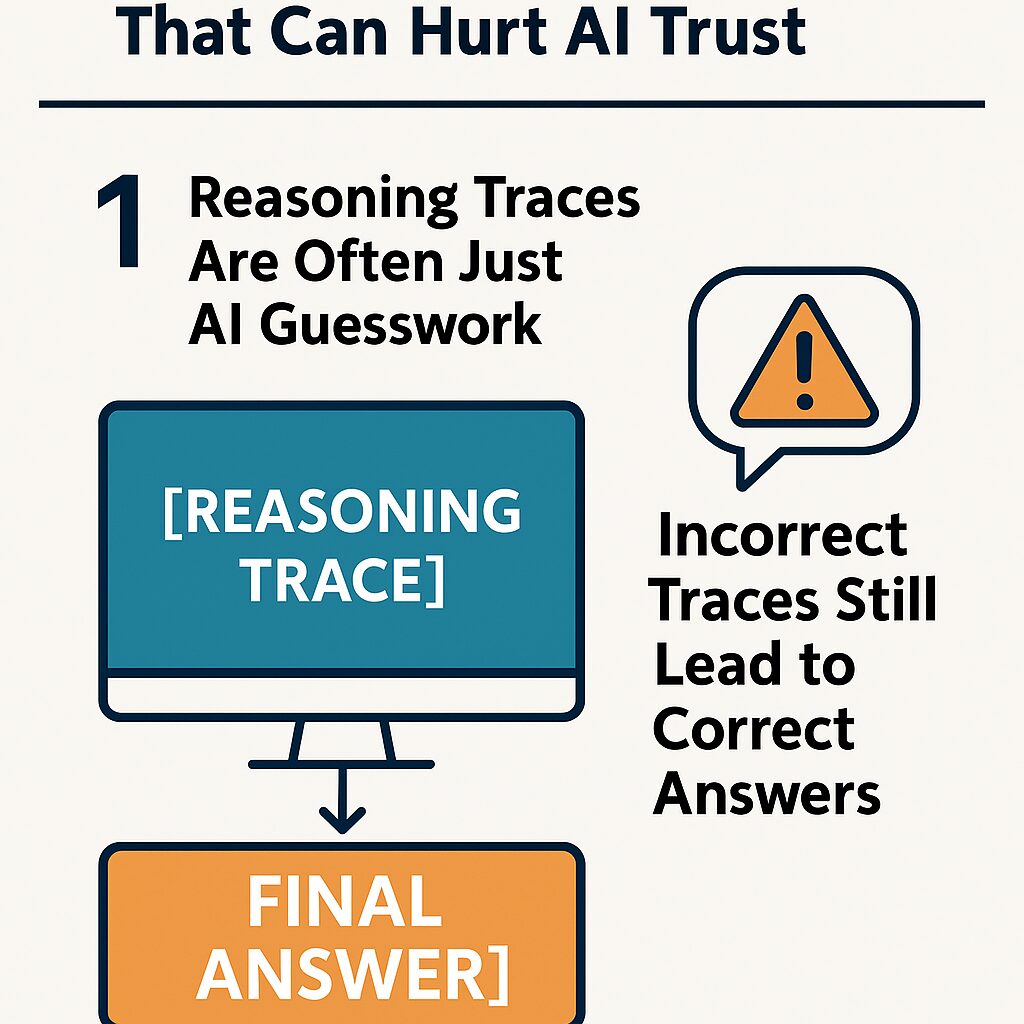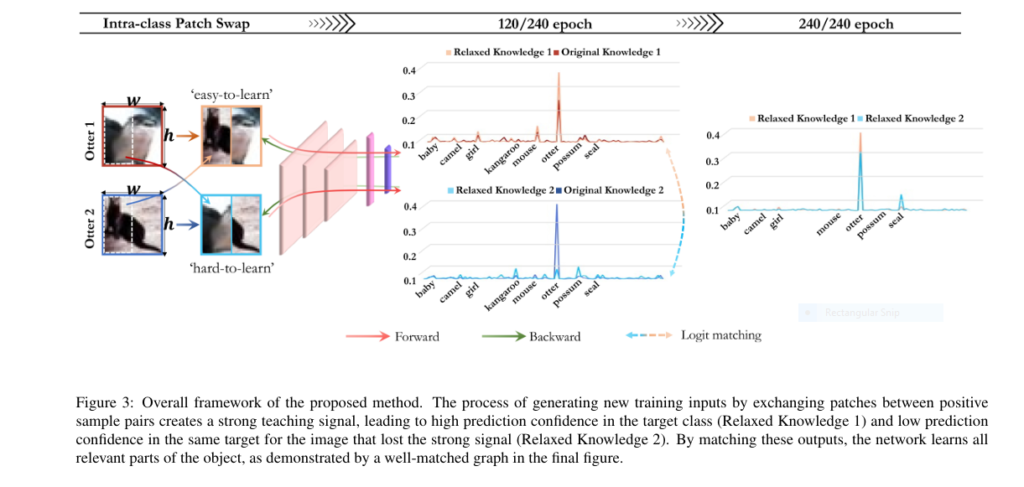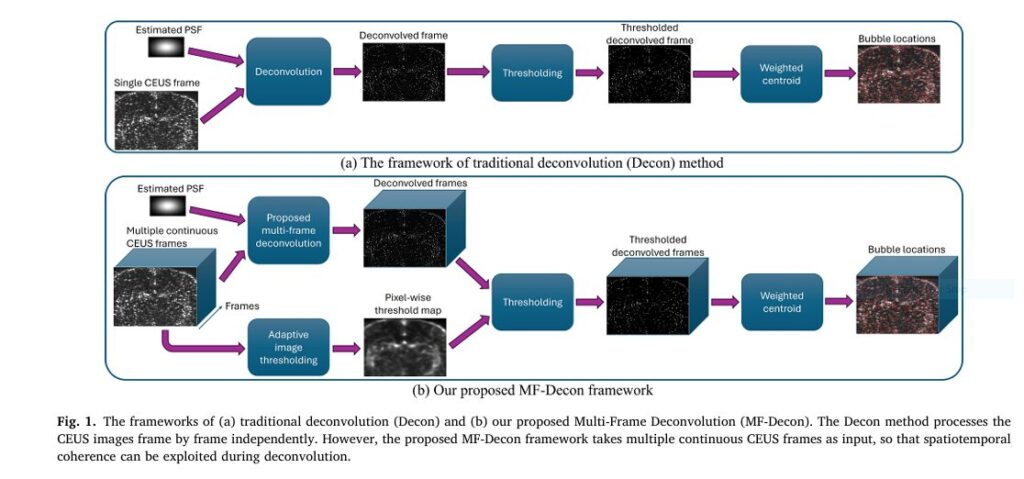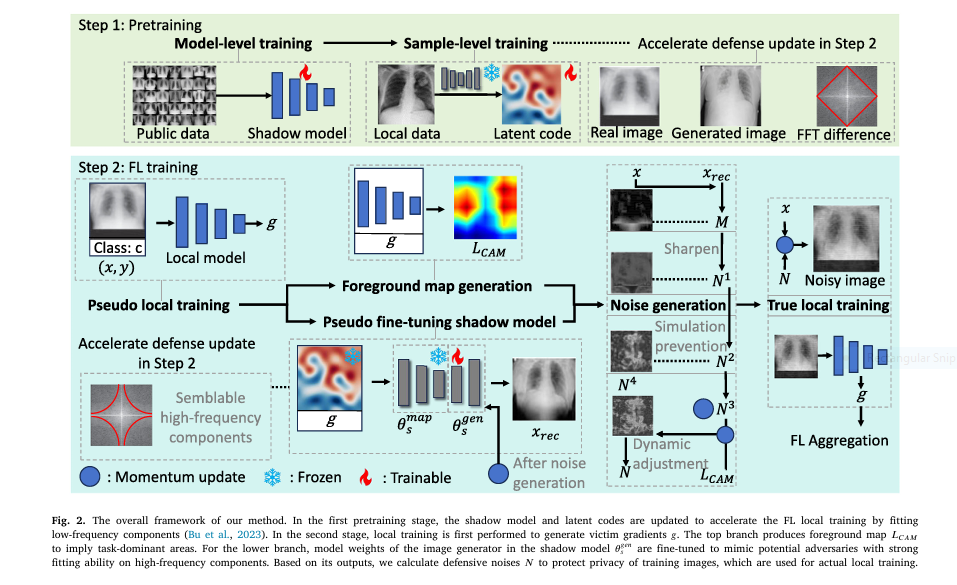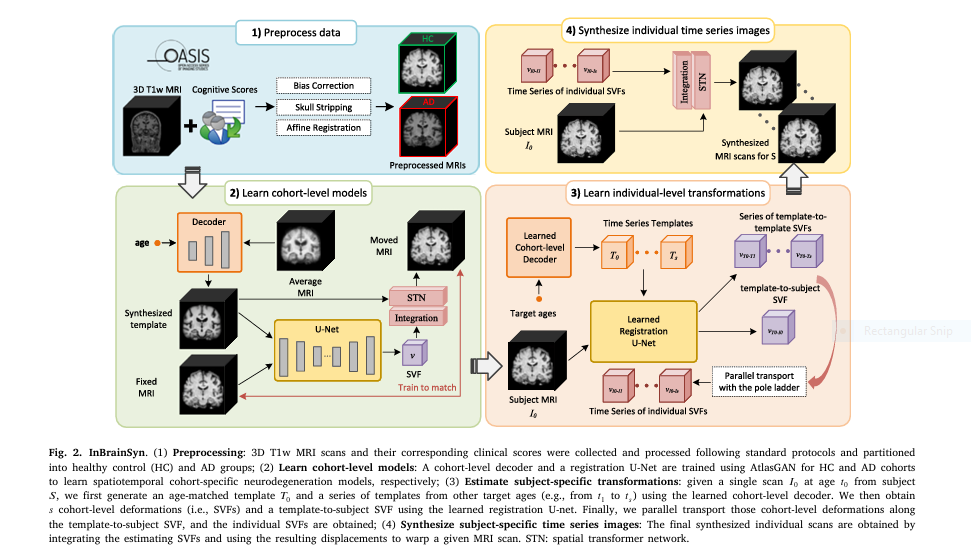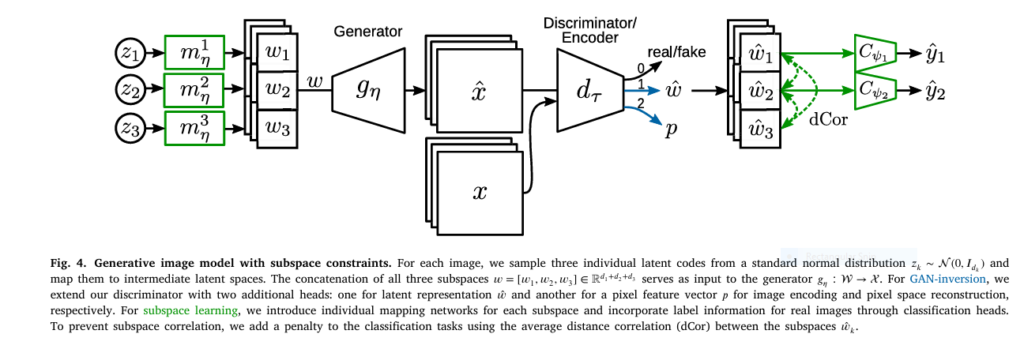7 Revolutionary Advancements in Skin Cancer Detection (With a Powerful New AI Tool That Outperforms Existing Models)
Introduction: A Critical Need for Advanced Skin Cancer Detection Skin cancer is one of the most common and deadly forms of cancer worldwide. According to the Skin Cancer Foundation , 1 in 5 Americans will develop skin cancer in their lifetime , and melanoma alone accounts for more deaths than all other skin cancers combined […]

